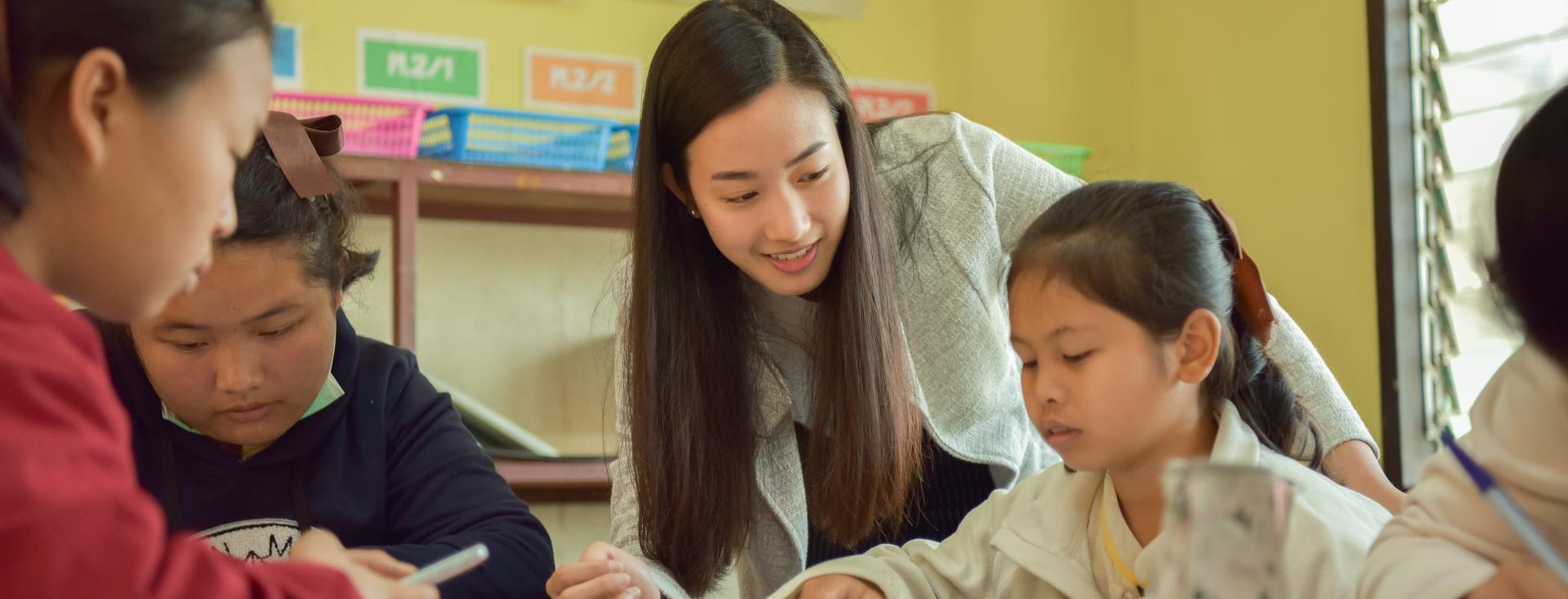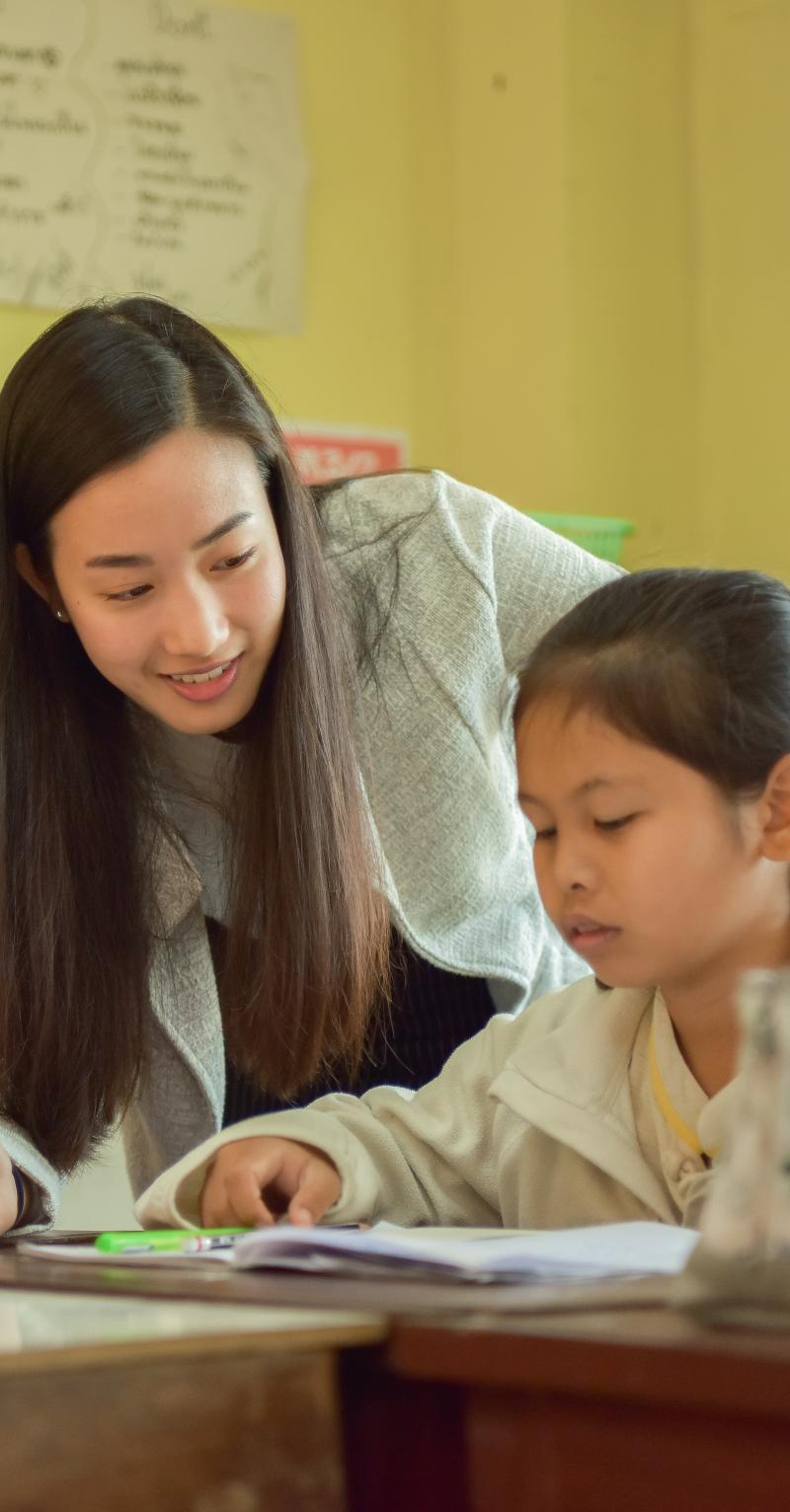Subscribe to our podcast!
Tune in to Inside Global Girls’ Education for conversations with global experts in gender and girls’ education as well as local leaders from across the Teach For All network.


What is Teaching As Collective Leadership?
Today’s children will inherit a challenging world. To create a more just, equitable, and sustainable society, they will need to navigate uncertainty, collaboratively solve complex problems, and create meaningful careers in a changing economy.
Teaching As Collective Leadership (TACL) is an attempt to meet this challenge by learning from classrooms where students are on a path to fulfilling their potential. It is an actionable and locally customizable framework for teachers, teacher coaches and program designers to grow students as leaders of a more just, equitable, and sustainable future for themselves and their communities.
The Framework
Over the last several years, Teach For All’s Global Learning Lab has hosted thousands of “virtual visits” to transformational classrooms around the world. We’ve asked participants in those experiences what patterns they see in those classrooms and communities where students seem to be growing as leaders of a better future. The Teaching As Collective Leadership framework is emerging from these insights.
Our investigations revealed four elements in these classrooms, which form the structure of the framework:

To explore the Teaching As Collective Leadership framework in depth, visit our Learning & Insights Hub.
The Framework
Over the last several years, Teach For All’s Global Learning Lab has hosted thousands of “virtual visits” to transformational classrooms around the world. We’ve asked participants in those experiences what patterns they see in those classrooms and communities where students seem to be growing as leaders of a better future. The Teaching As Collective Leadership framework is emerging from these insights.
Our investigations revealed four key patterns, which form the structure of the framework:
Ongoing Development and Collaboration
TACL has, and continues to be developed collaboratively through a collective process of discovery and design. So far, over 3,500 students, teachers, teacher coaches, community members, program designers, CEOs, researchers, and policy makers from across and beyond our network have contributed to our crowd-sourced studies of transformational classrooms and work on creating actionable and contextualized tools and resources


